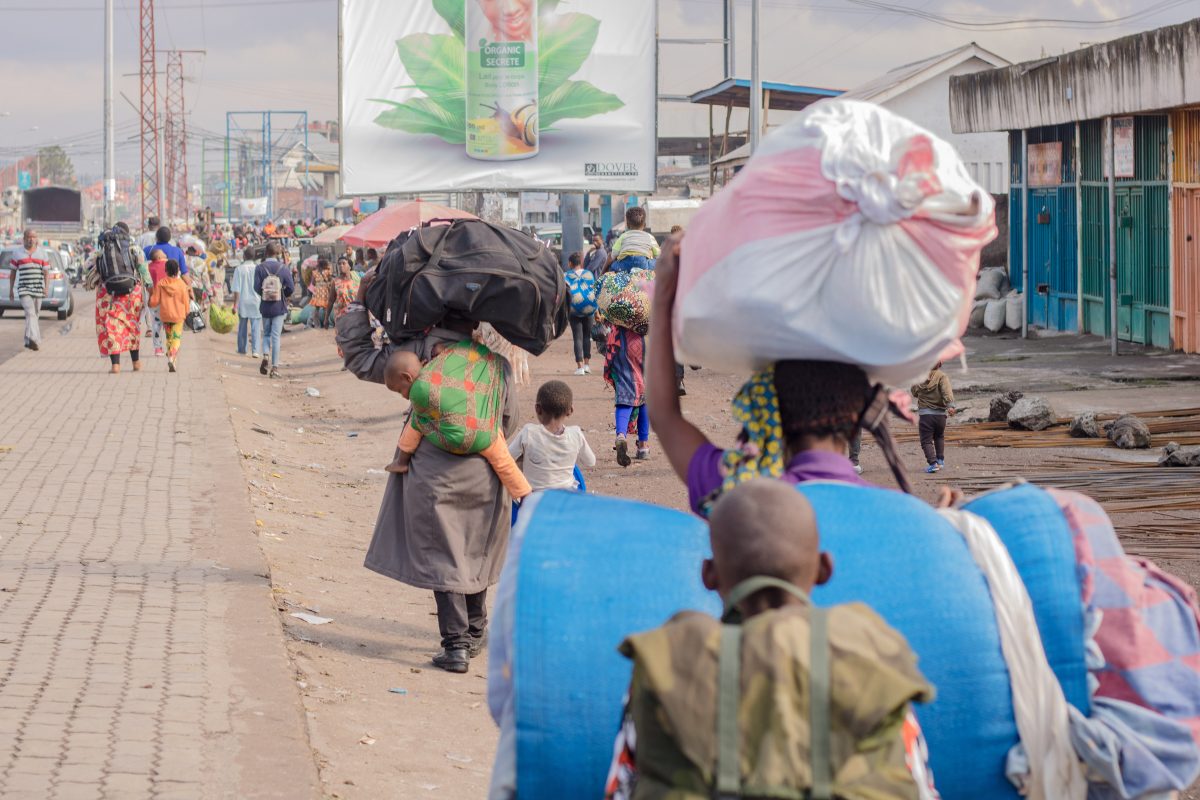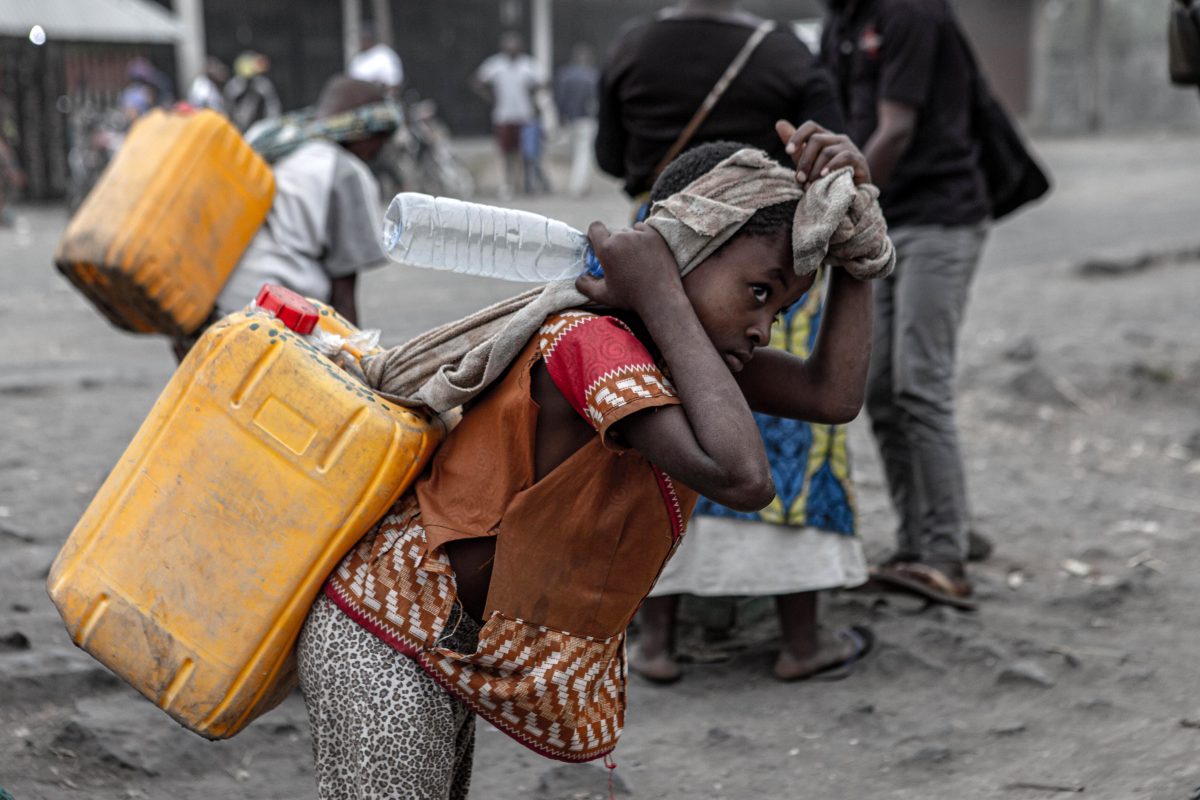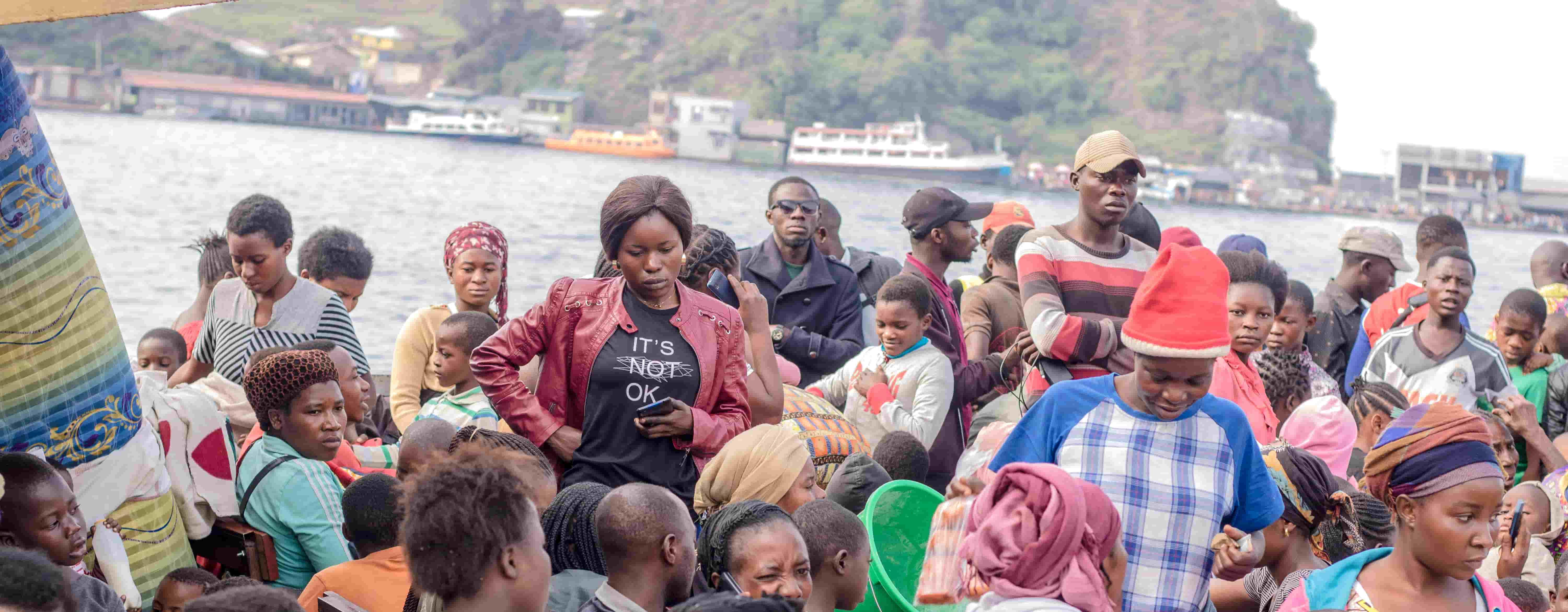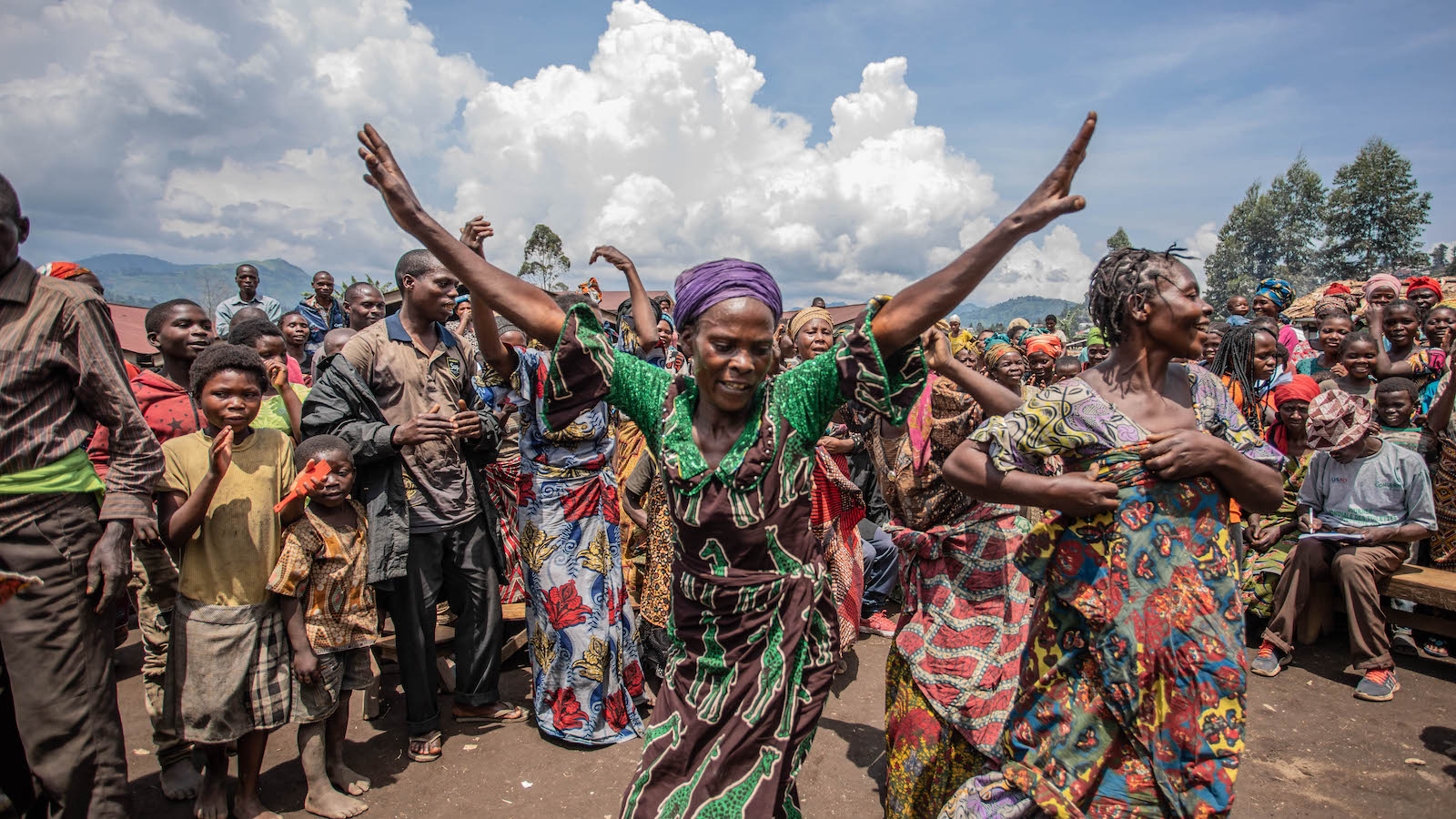Congolese are returning home following the eruption of Mount Nyiragongo and evacuation of Goma, DRC, however that's just the beginning of recovery efforts.
On May 22, Mount Nyiragongo erupted just 7.5 miles north of Goma, Democratic Republic of Congo. The first major eruption of Nyiragongo in almost 20 years killed 31 and initially displaced 20,000. That number climbed to nearly half a million in the days that followed, due to a series of subsequent earthquakes. In just one day, the area of Goma experienced 61 earthquakes, occurring every five to ten minutes.
Following warning signs of a second eruption, Concern DRC temporarily evacuated its staff from Goma. Evacuation plans issued by the government uprooted 450,000 of Goma's 2 million residents. Fortunately, that didn't come to pass. The earthquakes subsided and the lava cooled. On June 7, Prime Minister Jean-Michel Sama Lukonde Kyenge announced the return of those displaced to Goma and the surrounding area.
But that’s not where the story of this emergency ends. In many ways, it’s just the beginning. Read on for why — and how you can help.
1. The Mount Nyiragongo eruption is just one part of a complex humanitarian crisis
The Democratic Republic of Congo has been caught in a protracted humanitarian crisis, one that has been around longer than the country’s current name. Following a devastating 90-year colonial rule under Belgium, the country gained independence in 1960. That independence, however, was built on a shaky foundation. In the late 1990s, the DRC was the scene for one of Africa’s worst-ever civil wars. Even today, smaller-scale conflicts over land, resources, and water persist. This has left a legacy that goes beyond politics. As of 2020, 1 million Congolese were living as refugees abroad due to ongoing violence; an additional 5 million lived in internal displacement.
Between 2019 and 2020, the number of Congolese in need of humanitarian assistance increased by 60%.
The ripple effect of the country's political instability also extends into the health, nutrition, and livelihoods of its residents. Between 2017 and 2020, the DRC experienced the second-largest Ebola outbreak in history. A 2018 polio outbreak became an even bigger threat last year. The DRC has also faced a major water shortage since the end of its second civil war. Over the last year, an upsurge in locust invasions has decimated crops that many rely on for both food and livelihoods. Finally, the COVID-19 pandemic threatens a greater long-term impact, economic and otherwise, on the country. At the end of 2020, UNOCHA estimated that 19.6 million Congolese require humanitarian assistance — a 60% increase year-over-year.
In this type of a crisis, one that has been complicated by multiple facets and decades without long-term solutions, a natural disaster like the Mount Nyiragongo eruption is a threat multiplier. Beyond the immediate aftermath, it adds to an already-full plate of hazards, risks, and setbacks. The greatest threat is to those least-equipped to cope.
2. “Return” is not as simple as it sounds
The gradual return of those displaced by the Mount Nyiragongo eruption is underway. DRC officials have spaced out homecomings by region, and expect to have completed the return by June 20. However, this is not an open-and-shut case. For many of the 450,000, return is still far off: Over 1,722 families lost their homes. The government announced that it will temporarily relocate these families and provide financial assistance for rebuilding their homes. This will not be a quick or an easy process.
As we know from Concern’s definition of the cycle of poverty, poverty is caused by a lack of basic assets or return on those assets, brought on by a combination of vulnerability and risk. A volcano eruption is exactly the sort of shock that disproportionately affects the most vulnerable members of a community. Many — even those able to return home — just lost the resources that they rely on for income.

3. Women and children still face especially high risk
Displacement leaves women more susceptible to gender-based violence and sexual assault. From May 22 to June 2, UNOCHA recorded 24 cases of GBV among those displaced by Mount Nyiragongo. Of those displaced by the eruption, more than 30,000 were expectant and new mothers, meaning that they require extra support as they prepare for/recover from childbirth and also require additional nutrients for gestation and lactation.
Children are also especially vulnerable during and following an emergency. Families who were separated from young children are still filing reports — on June 3, 2021, the Red Cross reported 540 reunification requests; as of June 8, 2021, that number had gone up to 1,340 (1,101 children have already been reunited). Other children are still missing, and some have suffered attacks and assault.
In the long term, education will also continue to be a priority for recovery. In the towns of Sake, Karuba, and Rubaya, 54 schools were closed to house displaced persons. As we saw during the 2014-16 Ebola epidemic, maintaining education during an emergency situation is crucial not only to keep children on track to receive a basic quality education, but also for their own psychosocial support and well-being. It’s a precious piece of normalcy in a situation that is anything but.

4. Natural disasters can very quickly become public health crises
The Mount Nyiragongo eruption and the earthquakes that followed in its wake caused additional damage to an already-fragile infrastructure in the area, especially around water, sanitation, and hygiene.
Many Congolese were displaced to Sake, a town west of Goma that is prone to cholera outbreaks. The first two weeks following the initial eruption resulted in at least 19 suspected cases of cholera, and there is a significant concern that this may spread — including to areas where people are returning. The destruction in and around Goma has left 500,000 Congolese without water, which may encourage further contagion. COVID-19 will also continue to be a risk as people move between towns and live in crowded conditions.

5. Recovery often comes with compound interest
In a complex humanitarian crisis, there is usually a “compound interest” that comes with recovery. As seen above, even a natural disaster can quickly become the cause of an epidemic or a hunger crisis. Because of the longstanding insecurity within the region, those who continue to live in displacement shelters may be more prone to risk until they can rebuild their homes. This crisis is also not confined within the DRC.
Bordering the Goma area on the east is Rwanda, which also felt the aftershocks of Nyiragongo, including structural damage to schools, houses, and main roads. The country also took in 8,000 Congolese refugees at the peak of the volcano's eruption.
For many of us, the Mount Nyiragongo eruption will be an event that we heard about once or twice on the news before it fades into the background against other headlines. The last five decades of history in the DRC have shown us how easy it is to forget a crisis affecting the day-to-day lives of millions on the other side of the world. This is why Concern has spent the last 27 years in the country. This is why we work with millions of families around the world to ensure that they can build the assets and resources to fall back on when the unpredictable happens.
Concern’s Response
Concern DRC essential staff began returning to Goma earlier this week and are working within the community as Congolese return home. Currently, our main focus is providing hygiene, non-food item (NFI), and dignity kits. We’re also trucking in water, helping to offset potential disease outbreaks.
In Rwanda, Concern is working to support the Ministry of Emergency Management in responding to the needs of refugees and IDPs affected by the eruption through emergency supply distribution.
How you can help
When an emergency strikes, Concern relies on the support of community members such as yourself. Out of every (tax-deductible) dollar donated to Concern, $0.93 goes directly into our programming. General donation funds — especially those made on a monthly basis — provide a bedrock of support for these types of situations, enabling us to react rapidly and effectively to offset as much of the compound interest an emergency may cause.
Support our work in the DRC and 23 other countries, and show the people most affected by these crises that they are not forgotten.


